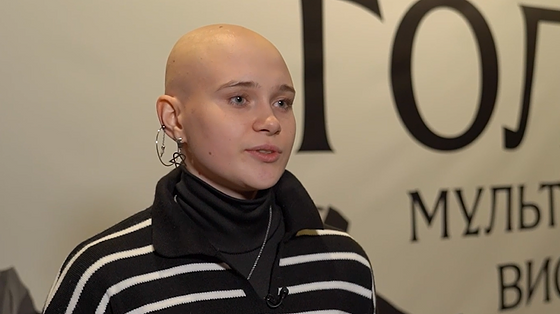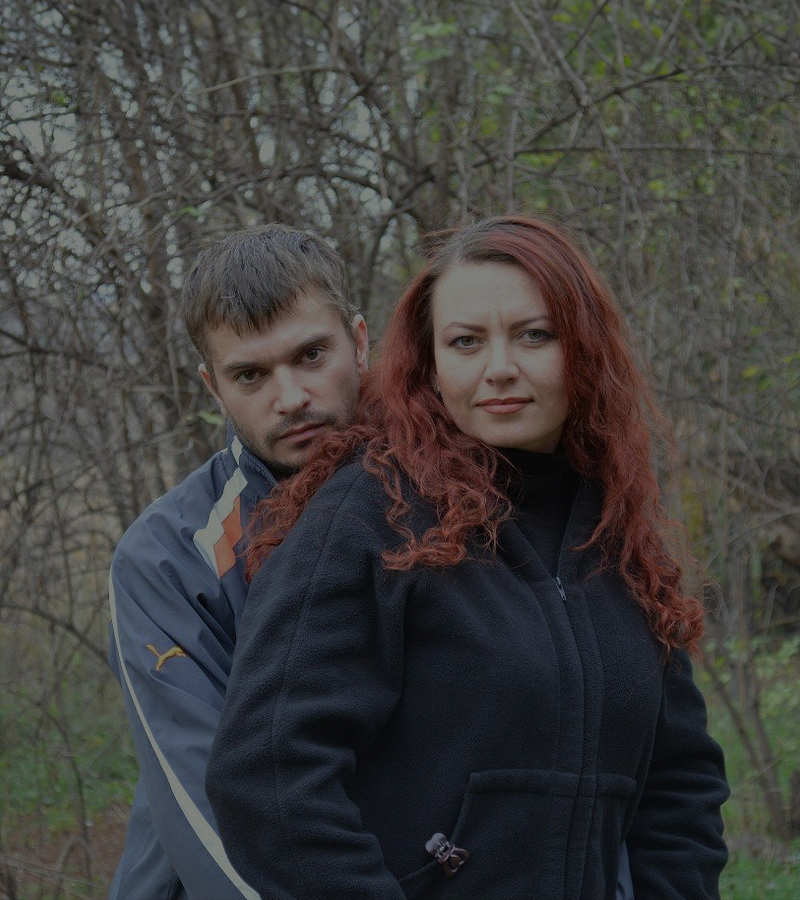A month under russian occupation – from February 26 to April 1, 2022. Enemy vehicles were moving through the streets, followed by heavy fire.
“When they drove in, they would immediately shoot. And we slept in our clothes and hid in the cellar,” recalls Volodymyr Rudenok, a resident of the village of Vablia in Kyiv region. His house is only 25 metres from the road. Every day they could see columns of military vehicles from their windows.
Two neighbouring houses were burnt to the ground. The roof of Volodymyr’s house was damaged by shrapnel. People were buried in their yards. “I wasn’t present, but I know that the neighbours buried the two victims right next to the house.”
He and his wife were hiding in the cellar, sleeping in jackets and boots because there was no heating. There was no electricity either. The only thing that saved them was the remaining gas, so they could cook something to eat. Even then, amidst the fear and cold, they did not think only of themselves. Volodymyr grinded wheat with a coffee grinder, baked bread and brought it to his elderly neighbours. “We were running out of bread and flour, but we were hungry. We washed, dried, ground, baked. And we carried it to those who could not do it themselves.”
There were also searches. The occupiers took people along the streets, asking who lived in the house and whether they had weapons. But the night of March 30 brought hope: “There was such a roar that it became clear that the equipment was leaving.” And in the morning – silence. “It was a real holiday. My wife and I were able to leave the house for the first time and just walk around the village. We were free.”







.png)



